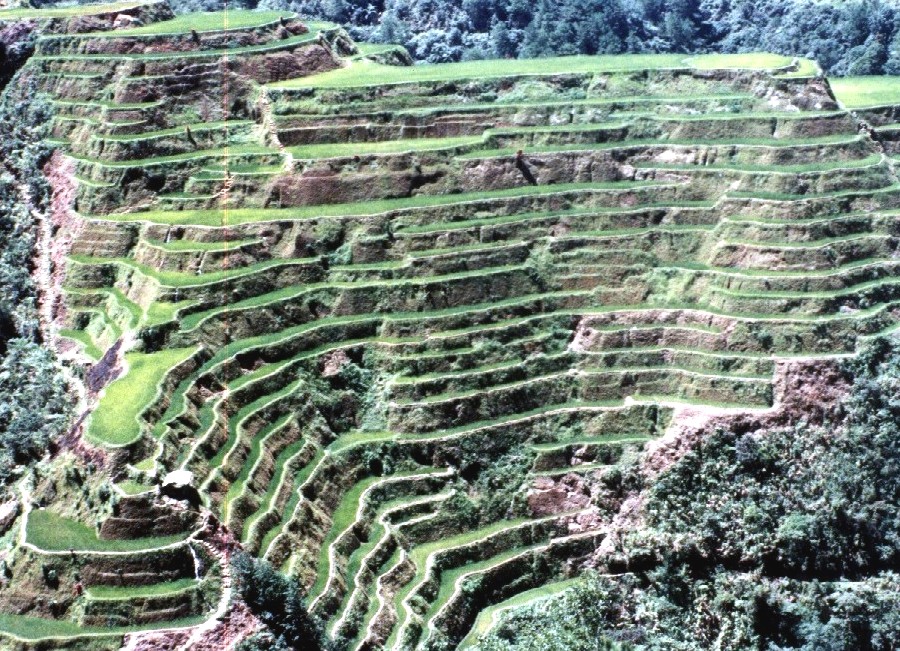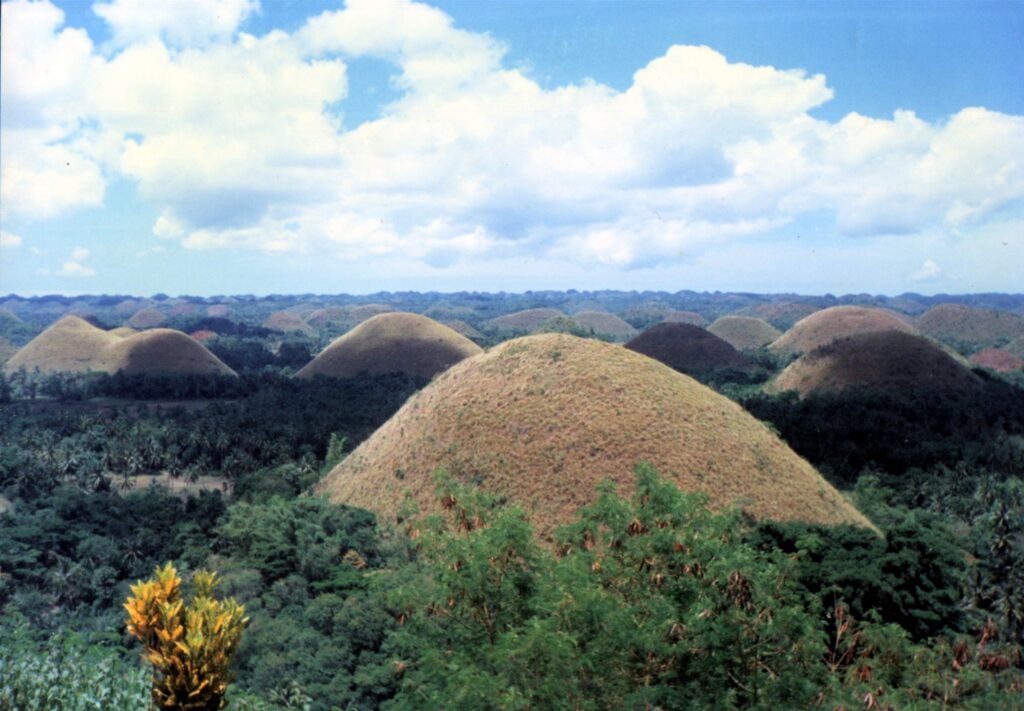TOURISM IN THE TIME OF PANDEMIC
Text and Photos by Henrylito D. Tacio
“Revitalizing tourism activities has become one of the primary concerns for the Philippines. In the short run, domestic tourism is expected to play a vital role in supporting the initial recovery phase of travel.” – World Financial Review
***
Mention the Philippines and most foreigners think of white sand beaches, mountains and waterfalls, natural attractions, and ecologically-fragile ecosystems. After all, the country has more than 6,000 islands.
Last year, tourism contributed 12.7% of the country’s gross domestic product (GDP), according to the Philippine Statistics Authority (PSA). About 5.7 million Filipinos are working in the tourism industry – that’s about 14 for every 100 people.
In the last five years, tourism in the Philippines was booming. From 5,360,682 visitors in 2015, the figure went up to 5,967,006 in 2016, 6,620,908 in 2017 and 7,168,467 in 2018. Last year, 8,260,913 people visited the country.
Last March, the first cases of coronavirus disease 2019 (COVID-19) were reported. Since then, the figure keeps increasing. On March 20, the government closed the airports as part of the enhanced community quarantine (ECQ) to stop the spread of the disease.

“The tourism sector has already felt the negative impact of the pandemic on its performance much earlier,” the Price Waterhouse Cooper (PwC) – Philippines stated in its website, pwc.com. “In other countries, travel restrictions and measures have started as early as January, and have impacted the Philippine international tourist arrivals. Domestic tourists, on the other hand, also limited their travel for fear of contracting COVID-19.”
According to the Department of Tourism (DOT), international tourist receipts in the first quarter of 2020 declined to P85 billion, 36% lower than the revenues in the same period last year.
“More than ever, we said banking on the unity of the tourism industry to ensure that we will together endure and overcome these trying times,” said Tourism Secretary Bernadette Romulo-Puyat during the Special ASEAN (Association of Southeast Asian Nations) Tourism Ministers Meeting last May.
Speaking of the COVID-19 pandemic, the tourism chief said, “The events have caused a major shift in the landscapes of the travel industry. Before, food, culture and immersions influence a travelers choice. Today, safety will be the paramount concern of most, if not all, of our visitors.”
So much so that PwC in cooperation with the tourism department conducted a survey on how COVID-19 impacted the tourism industry in the country. About 247 decision makers responded with the survey. Of these, 97% admitted that COVID-19 has really affected their business operations.
“Such finding is not surprising given that only businesses related to essential services and products were the only enterprises allowed to operate during the ECQ,” PwC noted. “Because of the low demand and restrictions, majority of the respondents say that they temporarily stopped offering a service/product, reduced their level of operations, and reduced the employee headcount.”
Some hotels, which are part of the tourism industry, have also been affected. In Davao City, Marco Polo finally closed down the hotel as a result of the pandemic. Grand Regal Hotel, on the other hand, stopped its operations in March.
Restaurants, spas, and bars are not spared from pandemic. “We really suffered from it. Our business is losing,” said Rogelio Canales, owner of Mixed Temptation. “We are trying hard to survive,” commented Tony Uy, proprietor of Caffe Antoccino.

Tourist destinations have to do something unusual to survive. One ecotourism site has been reported during the pandemic, it had terminated 70% of its service staff after two months and job order’s work was reduced to 10 days. Some regular staff never received any salary as they were no longer allowed to work – due to the “no work, no pay” policy.
Such was the finding of the study conducted by Dr. Belinda F. Espiritu, a professor from the University of the Philippines-Cebu. She presented the result of her research in a webinar organized by the Department of Science and Technology – National Research Council of the Philippines (DOST-NCRP).
At least 10 ecotourism sites – defined as those “rich in natural attractions and conducive to adventure travel” – in Laguna, Bataan, Isabela, Sorsogon, Rizal, Davao, Bohol, Iloilo, Surigao del Sur, and South Cotabato were assessed on the impact of a pandemic in terms of management and operations.
In Davao City, some of the ecotourism destinations are Eden Nature Park, Davao Crocodile Park, Philippine Eagle Center, Malagos Garden Resort, and Gap Farm. The research did not specifically identify which of these responded to the survey.
Dr. Espiritu’s research has shown that most tourism sites – “except for the very few” – had no contingency plans for epidemic outbreaks. “After all, we were caught by surprise,” said Armando Mortejo, a tourism professor who was not part of the study. “We never had such an epidemic before which affected not only the Philippines but the whole world.”
According to Dr. Espiritu, the lockdowns brought tourism operations to a grinding halt during the community quarantine period, until some sites reopened to residents or local tourists.
“The cessation led to the laying off of some staff, reduced working hours or days, and work-from-home arrangement, with the skeletal workforce reporting on specific working days,” she pointed out.
But one good thing about the COVID-19 pandemic, according to Dr. Espiritu, is that “the quarantine succeeded in bringing out people’s resiliency as exemplified by urban and rural agriculture, cultivation of ornamental plants for sale, entrepreneurship development, creativity in creating products that sell, and development of livelihood skills.”
Another positive development of the pandemic: the management spent the quarantine period improving their facilities and making COVD-19 responses.”
As one company puts it: “We continue to place top priority on the health and well-being of our people. Our offices are open but the majority of our people continue to work effectively from home.”
Some tourist destinations areas, which reopened only to close later, observed the necessary health protocols: washing hands with soap and water or alcohol, wearing face masks and face shields, and physical distancing.
In her presentation, Dr. Espiritu offered some recommendations. For one, she urged regional DOT offices to work hand in hand with the local government units to guide and require tourism industries nationwide to formulate contingency plans in cases of epidemic outbreak, which should include plans for alternative livelihood projects and back-up funds for crisis situations like the COVID-19.
Meanwhile, 78% of the PwC respondents said they need up to P5 million in additional funding to help normalize their operations and to help recover from the pandemic. “Majority say that they need such funds for working capital requirements, marketing funds to rebuild their brands, and refinancing,” the study said.
The good news is: The House of Representatives has approved House Bill 6815 or the proposed Philippine Economic Stimulus Act (PESA) last June. “Once passed into law, an economic stimulus package amounting to P1.3 trillion will be provided in the next four years to fund the COVID19-testing, wage subsidies, and assistance to micro, small and medium enterprises (MSMEs),” the PwC noted.
Under the bill, P58 billion will be appropriated to DOT-accredited tourism enterprises for the following programs: interest-free loans or issuance of loan guarantees with terms up to five years for maintenance and operating expenses and credit facilities for upgrading, rehabilitation or modernization of current establishments or facilities to be compliant with new health and safety standards.
Other programs of the bill for DOT-accredited establishments are as follows: marketing and product development promotions and programs; grants for education training, and advising of tourism stakeholders for new normal alternative livelihood programs; utilization of information technology; and other relevant programs, including infrastructure to mitigate the economic effects of COVID-19 on the tourism industry.
In a press statement, the World Travel and Tourism Council believed that globally it could take up to ten months for the tourism industry to recover.
But based on what is happening right now in the Philippines, the future of tourism seems to be bleak still. “Nine months since the (novel coronavirus) was first detected in China, there is still no sign that the spread is slowing down,” PwC pointed out in its website. “The road to recovery can take longer than initially anticipated. Fitch forecasts that tourist arrivals and tourism receipts will not go back to pre-COVID levels even five years hence.”

